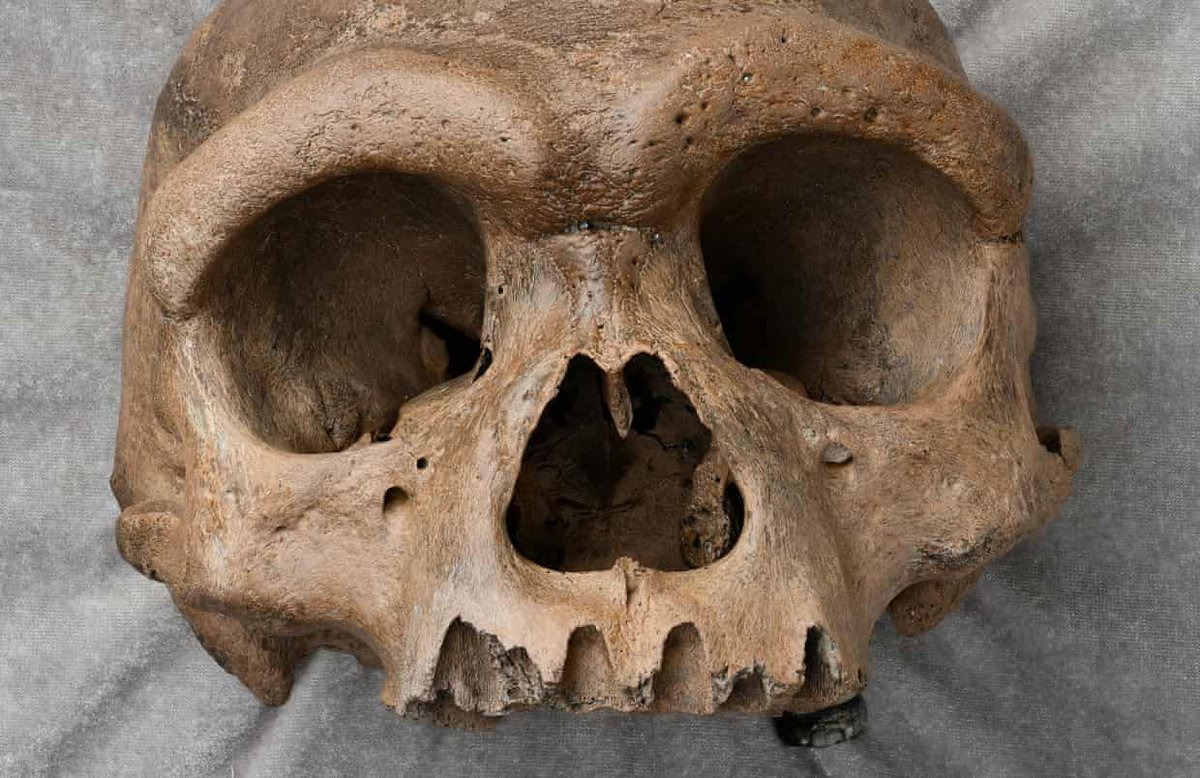Some remarkable research for #WorldChimpanzeeDay: Chimpanzees using caves! What is really exciting is that lactating mothers spend more time in the cave than any others. Research from @FalemeChimps and @jillpruetz doi.org/10.1007/s10764… 

This is a non-habituated chimpanzee group in Senegal, that was being studied totally with remote/noninvasive methods. Researchers used a camera trap to see who was using the cave. They kept changing batteries and collecting data monthly from 2011-2013. 

The chimpanzees accessed the cave by clambering down vines, not so easy. They were clearly using the cave to avoid the heat -- focused during mid-day and most often during the months with hottest daily temperatures. 

The most stunning result is the high cave visitation by lactating mothers. True across 10 individuals in the group, and 8 out of 10 lactating moms visited more often than all but 1 nonlactating female. doi.org/10.1007/s10764… 

This should make us think about the role of caves in the lives of human relatives and ancestors. Many scientists have thought about thermoregulation and water loss. Shockingly almost nobody has put that into context of lactation, the single-biggest energy and water expenditure! 

• • •
Missing some Tweet in this thread? You can try to
force a refresh














